A privacy-first platform that turns tiny daily signals into timely, human-sized support.
The problem
Between visits, signal is sparse and noisy. Most trackers collect data but don’t convert it into timely actions or useful clinical context. Kay closes that gap with a safety-bounded, agentic system that turns brief daily inputs into earlier course-corrections and concise provider snapshots.
GUIDE by Kay™: Kay’s Core Loop
Guide by Kay™ is the simple loop at the heart of our support system. It’s how Kay takes in just enough from you, reflects back what she notices in plain language, and offers one small, supportive step you can try right away. With each interaction, you stay in control — choosing whether to act, explore more deeply, or save tools for later. Over time, Kay learns what fits you best, always with safety, privacy, and compassion at the center.
Why this loop works
- Tiny inputs → usable signal (you keep your energy)
- Early patterning → earlier support (fewer “how did we get here?” moments)
- One step → real follow-through (less overwhelm)
- Learning → fit improves over time (without losing safety or control)
Bottom line: The loop keeps Kay simple to use, clinically respectful, and HIPAA-compliant—so support shows up before things spiral, and documentation stays clean when you choose to share it.
The Techy Stuff
Data in (privacy-first)
Minimal structured inputs, optional notes, optional integrations—all user-controlled. No ad tech, no data sales. HIPAA-compliant operations; BAAs available.
NLP & understanding
Modern NLP embeddings summarize optional notes for sentiment/intent while a dedicated safety classifier routes crisis language to template-locked guidance (e.g., 988 in the U.S.). No diagnosing; plain-language “because” statements explain suggestions.
Personalization with guardrails
Clinic/clinician preferences (emphasize/avoid lists, tone, sensitivities) compile into policy constraints Kay honors across patients. Patient ratings and “My Toolbox” usage inform what’s likely to help—without overriding safety.
What you get:
- Pre-session snapshot: past-week trend, engagement highlights, and what helped—scannable in under a minute.
- Monthly rollup: time-stamped summary exported to PDF/CSV for your EHR.
Safety, fairness & quality
- Safety-first suggestions from a vetted library of low-risk micro-steps.
- Calibrated predictions validated offline and through ongoing real-world use.
- Bias checks and fairness reviews across cohorts; rapid rollback if something regresses.
You lead. Kay adapts.
Set emphasis/avoid lists at the school or technique level—CBT, DBT, Mindfulness, Motivational Interviewing, Emotion Regulation—so Kay reflects your program’s style between visits. Examples: emphasize CBT reframes in early work, de-emphasize journaling for specific patients, foreground DBT distress-tolerance during high-stress periods, keep tone MI-aligned. Preferences are versioned with an audit trail and honored across all linked patients.
(Compliance note: You retain clinical judgment. Kay’s guidance is supportive and educational, not treatment.)
